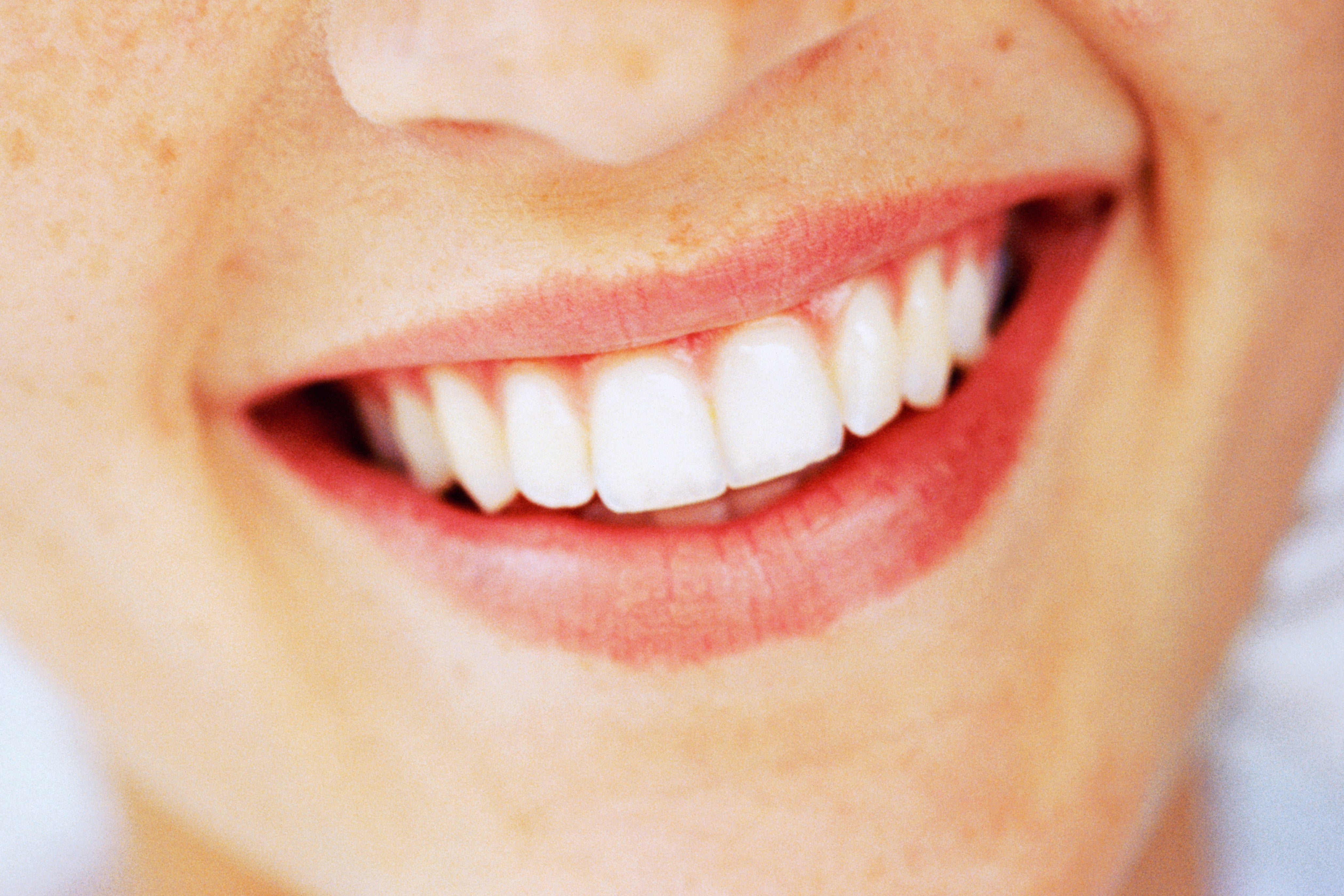
Enamel, the tough outer covering of a tooth, is the hardest substance in the human body. It is also notoriously difficult to replicate artificially. Throughout history, dentists have repaired damaged and decayed teeth with everything from beeswax to mercury composites to modern ceramic- or resin-based materials. But they might soon have a synthetic option that is much closer to the real thing.
A team of chemical and structural engineers has invented a new material that mimics enamel’s fundamental properties: It is strong and—very importantly—also slightly elastic. This versatile substance could potentially be used to reinforce fractured bones, craft better pacemakers and, beyond serving as a replacement for dental enamel, take fillings to the next level by creating “smart teeth.” A study on this work was published this week in Science.
Natural enamel has the difficult job of protecting teeth, which are constantly being strained by oral bacteria, acidic foods, chewing and even speaking. Over time, the wear and tear adds up. “You carry the same set of teeth for 60 years, or maybe even more,” says Nicholas Kotov, a chemical engineer at the University of Michigan and co-author of the study. “So it’s an enormous chemical and mechanical stress.” And unlike bone, enamel cannot be regenerated by the human body.
Enamel’s crucial combination of toughness and flexibility is tricky to reproduce. “Soft materials are normally easier to manufacture,” Kotov explains. The secret to enamel’s uniquely balanced properties lies in its structure. It is composed of millions of closely packed rods of calcium phosphate, which are only visible through an electron microscope.
“Imagine a pack of pencils when you hold them together,” says Janet Moradian-Oldak, a biochemist at the University of Southern California who was not involved in the research. This arrangement allows the rods to compress slightly under pressure, rather than shattering, while also keeping the overall structure extremely strong. The artificial enamel mimics this configuration, bundling calcium phosphate rods together with flexible polymer chains.
The researchers fashioned their new material into a tooth shape, then tested whether it would crack under intense heat and pressure. “It’s actually very elegant the way that these authors use engineering and harsh laboratory conditions to mimic what cells and nature do,” Moradian-Oldak says. Ultimately, the team found the artificial enamel could withstand more force than the natural kind.
The material may not be a perfect tooth analogue, however. “I don’t see much answered in the paper to mimic the 3-D structure of human enamel,” says Thomas Diekwisch, a craniofacial researcher at Texas A&M University, who was not involved in the new study. But, he notes, that doesn’t mean it won’t be useful. “At least for functional biomimicry, you don’t have to exactly reproduce what nature does.”
Outside of its obvious potential in dentistry, Kotov envisions the material being used to build better and longer-lasting pacemakers for people with heart conditions, or to reinforce crumbling bone in those with severe osteoporosis. He says the material could even be modified to create a “smart tooth,” a prosthetic chomper containing sensors that could sync to a smartphone. Such a device could monitor a person’s breath and mouth bacteria for anomalies, which would allow doctors to catch conditions such as diabetes before a patient is aware of them.
But before it can debut in the dentist’s office, the material has to be affordable, mass producible, and clinically tested for safety and efficacy. “I’m impressed with the approach that they use,” Moradian-Oldak says. “The question is, how practical is it?”
Kotov says his team used strictly biocompatible compounds in the fabrication process, which means the artificial enamel should theoretically be safe for humans. He hopes to see it used in the next few years, but he isn’t making any projections. Paraphrasing a quote that’s been attributed to figures including Niels Bohr and Yogi Berra, Kotov says, “It’s very difficult to predict anything—especially the future.”
